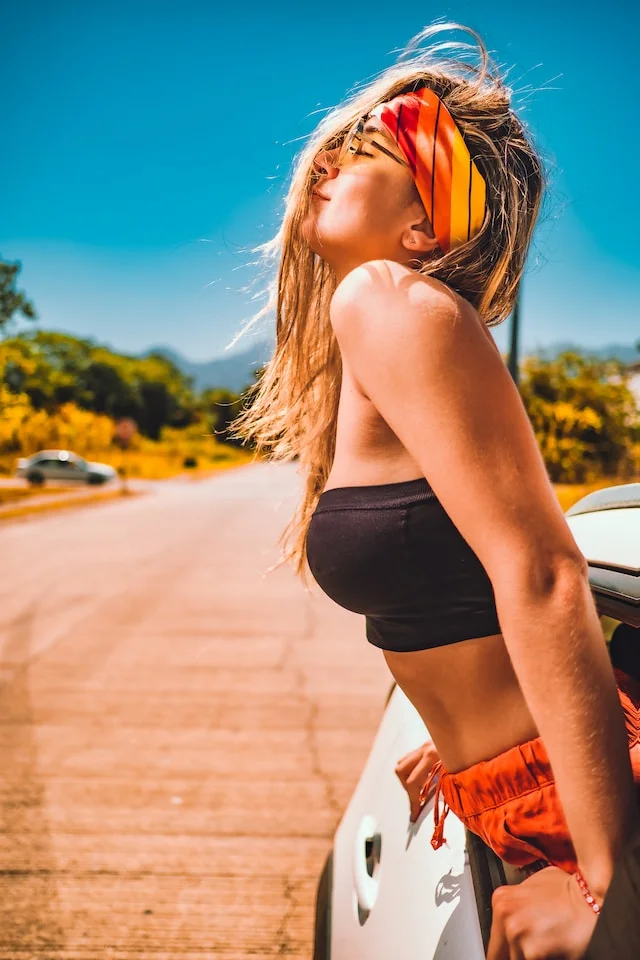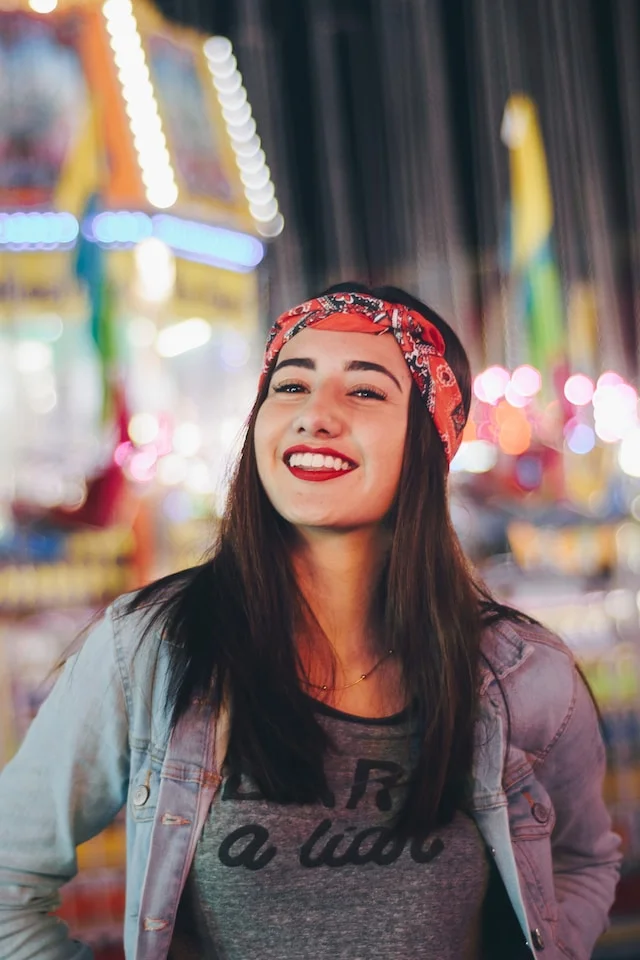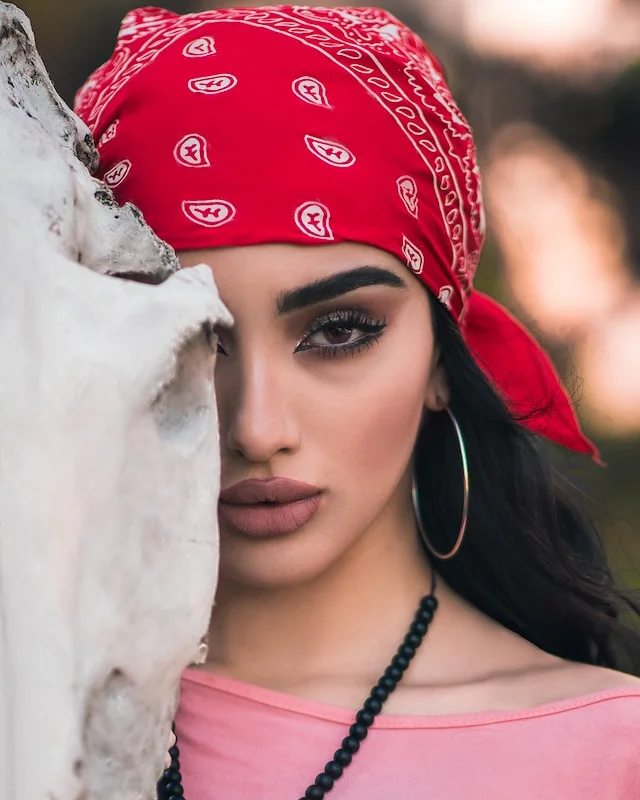Hidden Symbolism Behind Bandana Colors
Bandanas come in every color, but for decades certain hues have carried coded messages. From Old West cowboys to modern bikers, specific bandana colors signify hidden meanings. While casual use of bandanas today is purely fashionable, learning the historic symbolism behind different colors offers intriguing insights.

The Complex History of Color Symbolism
In Old West frontier towns of the late 1800s, cowboys used color-coded bandanas to convey information silently yet openly. Specific colors represented their profession, bounty status, loyalties, beliefs, and temperament. These complex social codes spread through railroads to hobos and lumberjacks.
Later, biker gangs like the Hells Angels adopted the tradition of color-coordinated bandanas to signal ranks and territory. Prisons also developed color systems for bandanas worn by inmates to indicate crime status, gang affiliation and sexual orientation.
Common Bandana Color Meanings
While colored bandanas today are worn purely as fashion accessories, it’s fascinating to learn the historic symbolism behind the different hues. Here are some of the most common colors and their associated coded meanings:
Black
In Old West times, black bandanas signaled an outlaw or wanted status. Modern bikers wear black to signify rebellion, hardcore attitude and rugged individualism.
Blue
Different shades of blue symbolize ranging traits. Light blue conveys calm friendliness, navy means reliable, royal blue signifies vigilance, while dark blue represents danger and depression.
Brown
Brown bandanas indicated a devoted working cowboy who prioritized the labor of ranch life. Their practicality and grittiness reflects the soil under a cowboy’s boots.
Gray
Mysterious gray bandanas hinted at moral ambiguity or lone wolf status separate from the herd. Their neutrality conveyed coded messages only insiders understood.
Green
For old outlaws, green bandanas represented a safe haven status making them off-limits to attack. Today, green signals nature, health, and medicinal marijuana use.
Orange
Vibrant orange bandanas were worn by miners and meant searching for wealth and prosperity. They conveyed exuberance, adventure and the hope of striking it rich.

Pink
Bright pink bandanas challenged male stereotypes long before Pride flags, making the color controversial yet accepted among Old West cowboys.
Purple
In the Wild West, purple bandanas designated an independently minded thinking man. Their unusual color demanded respect for bold individuality.
Red
Fiery red bandanas marked a man quick to take action with passion, love, courage or violence. Red commands attention while warning against making trouble.
Yellow
Sunny yellow bandanas signaled optimism, clarity and hope. Their brightness conveyed positivity, cheerfulness and friendliness.
The Colorful Outlaw Spirit Endures
While color symbolism in bandanas has evolved over generations, their rebellious spirit remains. Tying on any color bandana allows free expression with a nod to the coded messages of the past. Bandanas continue representing self-reliance, edgy fashion and the open road.

FAQs
The black bandana depending on how it is worn can evoke hopelessness as well as elegance. Although black has many negative associations, it is a color that signifies power and control. It is considered hostile and intimidating, yet refined, elegant and confident.
The Detroit Mafia claims the Grey flag/ grey bandanna because when the mob was created it was seen as a Nuetral color to all Gangs and gang members. Although the Mafia is not a gang we still associate with this to define our means.
Bandana Red
Indeed, it is definitively the most famous and most worn Bandana, and this through all times. Numerous public figures and celebrities have often worn it, and some have even made it their trademark.
In Los Angeles, for example, the Bloods and Crips gangs wore red and blue bandanas respectively as a symbol to show their appetite to one or the other gang. This type of use, like other aesthetic elements of the Los Angeles gangs, was borrowed from the Chicano style of the 60s and 70s.
